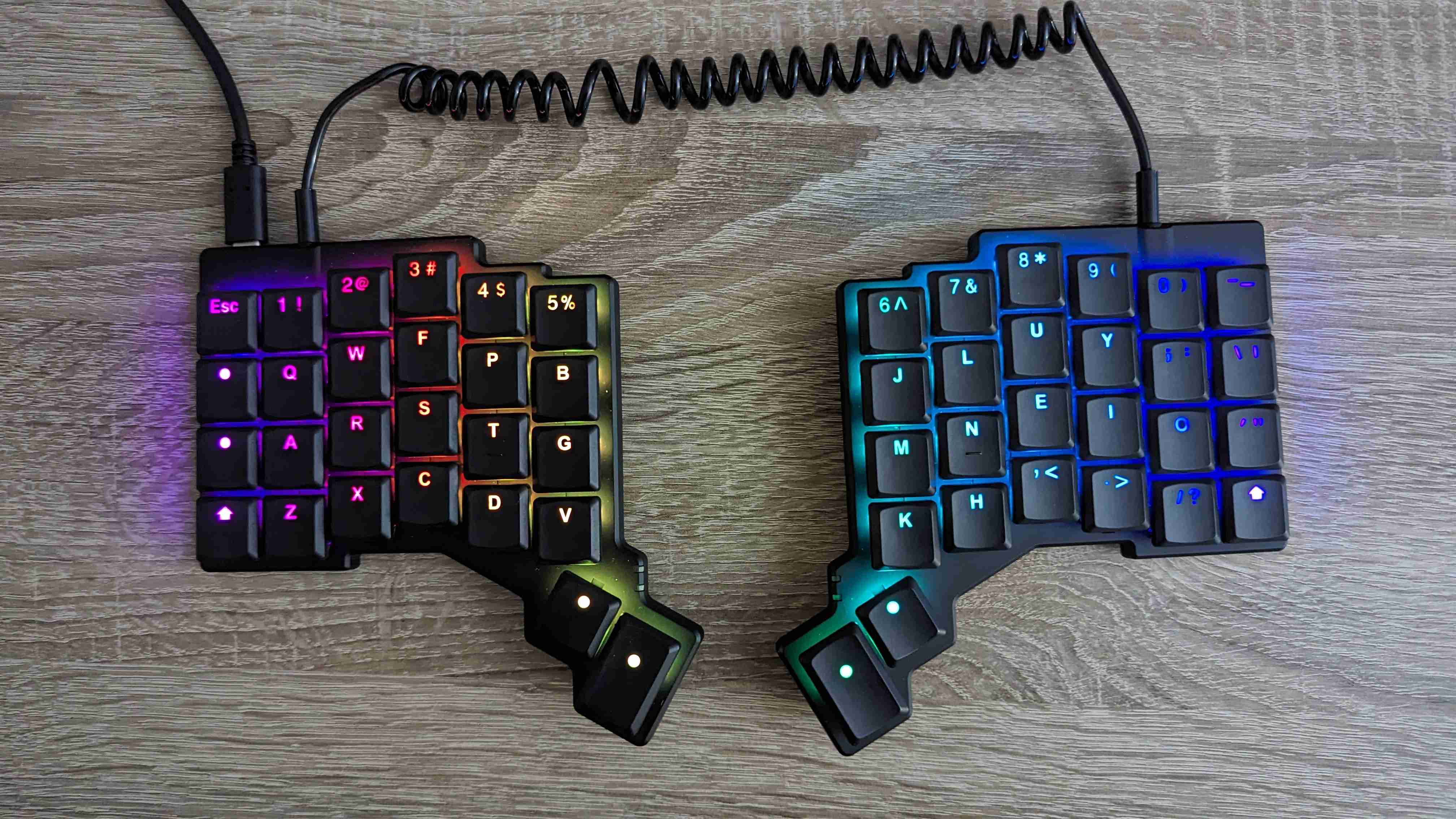
COLEMAK: The Keyboard Layout for the Speedy, the Brave, and the Bold
In the vast realm of keyboard layouts, QWERTY has long reigned supreme, its dominance unquestioned by the majority of typists. However, as technology has advanced, the limitations of this 19th-century layout have become increasingly apparent. Enter COLEMAK, an alternative keyboard layout designed to prioritize typing efficiency and ergonomics. This article explores the journey of transitioning from QWERTY to COLEMAK and the potential benefits it offers to those willing to embrace change.
The Legacy of QWERTY #
QWERTY, the keyboard layout most of us have grown accustomed to, was originally designed to prevent typewriter keys from jamming. Its creation was driven by mechanical constraints rather than considerations for typing speed or efficiency. Despite the advent of digital keyboards in the 1970s, QWERTY remained the default layout due to its deep-rooted familiarity among users. Changing to a new layout would have required a significant shift in typing habits, a challenge many were reluctant to undertake.
The Promise of COLEMAK #
COLEMAK emerges as a compelling alternative, promising improved typing efficiency and reduced strain on the fingers. This layout was crafted with the goal of optimizing key placement for faster typing speeds and minimizing awkward finger movements for the English language. For those seeking to enhance their typing performance, COLEMAK offers an enticing opportunity to break free from the limitations of QWERTY.
Embarking on the COLEMAK Journey #
Transitioning to COLEMAK is not a simple switch; it requires a commitment to retraining muscle memory and adapting to new key positions. This process can be likened to learning a new skill, as the brain must rewire itself to associate each character with its new location on the keyboard. While the journey may be challenging, the potential rewards of increased typing speed and reduced strain make it a worthwhile endeavour for many.
Receiving direct feedback is crucial when transitioning to COLEMAK. Websites like monkeytype provide valuable data on typing speed, accuracy, and consistency. By tracking progress and identifying areas for improvement, typists can fine-tune their technique and gradually increase their proficiency with the new layout. Seeking feedback from experienced COLEMAK users can also offer insights and tips to accelerate the learning process.
As with any skill acquisition, plateaus are a natural part of the COLEMAK journey. There may be times when typing speed seems to stagnate, and progress feels elusive. However, these plateaus often precede significant breakthroughs. By focusing on accuracy and consistency, typists can lay the foundation for future speed improvements. Embracing the process and maintaining a growth mindset are key to overcoming obstacles and achieving typing mastery.
Personal experiences serve as a testament to the challenges and rewards of adopting COLEMAK. From the initial struggles of relearning key placements to the exhilaration of witnessing steady progress, the journey is filled with triumphs and tribulations. Celebrating milestones, such as reaching new peak speeds or maintaining high accuracy rates, fuels motivation and reinforces the decision to embrace this alternative layout. Here’s an overview of my journey:
Conclusion #
COLEMAK offers a compelling alternative to the ubiquitous QWERTY layout. By prioritizing typing efficiency and ergonomics, it empowers typists to unlock their full potential and experience a new level of typing fluency. While the transition may be challenging, the rewards of increased speed, accuracy, and reduced strain make it a worthwhile pursuit for those willing to embark on this transformative journey. As more individuals discover the benefits of COLEMAK, the landscape of typing may forever be altered, ushering in a new era of keyboard mastery.
Posted on Nov 29, 2023 (updated on Jun 19, 2024)

